The Origins and Evolution of the Chess Piece Originally Known as the Elephant
The game of chess has evolved significantly since its inception, with various cultures adding their own rules and pieces over the centuries. One of the most intriguing aspects of chess’s evolution is the transformation of the piece originally known as the elephant. This piece, which has its roots in ancient Indian games, has undergone numerous changes to become the modern-day bishop in Western chess.
Historical Background of the Chess Elephant
The earliest known version of chess, called Chaturanga, was played in India around the 6th century. In Chaturanga, the game was a simulation of a battlefield, and each piece represented different types of military units. The elephant piece was one of these units, symbolizing strength and intelligence. It is believed that the elephant piece in Chaturanga could move two squares diagonally but could leap over intervening pieces.
The Elephant's Journey Through Persia and Arabia
As the game of chess spread from India to Persia, the elephant piece came to be known as the Pil or Fil, translating to Elephant in Persian. When chess moved further west into the Arab world, the piece was termed Al-Fil. In these versions of the game, the elephant still maintained its diagonal movement, but its capabilities were often modified. For instance, in some variants, the elephant could move only one step diagonally, making it a weaker piece on the board.
Transformation into the Modern Bishop
The transformation of the elephant piece into the bishop occurred during chess’s proliferation across Europe. The nature of the piece’s movement was often confusing and less powerful compared to other pieces, leading to its evolution. As the game was adopted by different European cultures, the names and rules surrounding this piece started to change. The Spanish called it “Alfil,” which is derived directly from the Arabic, but its movement and role became more similar to the modern bishop we recognize today.
One significant turning point was the change of the piece's movement to an unrestricted diagonal that spanned the whole board, rather than the limited diagonal move of its predecessors. This change, alongside the unlimited movement of the queen, was part of the 15th-century chess revolution that occurred in Spain and Italy, known as Mad Queen Chess. These changes greatly increased the speed and aggression of the game.
The Symbolism and Representation
While the battlefield context of Chaturanga required each piece to represent a specific military unit, European adaptations of chess placed a greater emphasis on courtly hierarchies and statecraft in which the ecclesiastical figure of the bishop gained prominence. Thus, translating the exotic elephant into a widely recognized European title like the bishop was not only a cultural but also a practical adaptation. It symbolized wisdom and strategic thinking, akin to the attributes of the original elephant piece.
Conclusion
The history of the chess piece originally known as the elephant is a fascinating reflection of how cultural exchange and adaptation can reshape traditions and games. From its origins as a representation of a crucial military unit in the Indian game of Chaturanga to its transformation into the bishop in modern-day Western chess, this piece has retained its significance as a powerful tool in the game of kings, adapting to the needs and strategies of players over centuries.
Explore our large collection of luxurious chess sets!

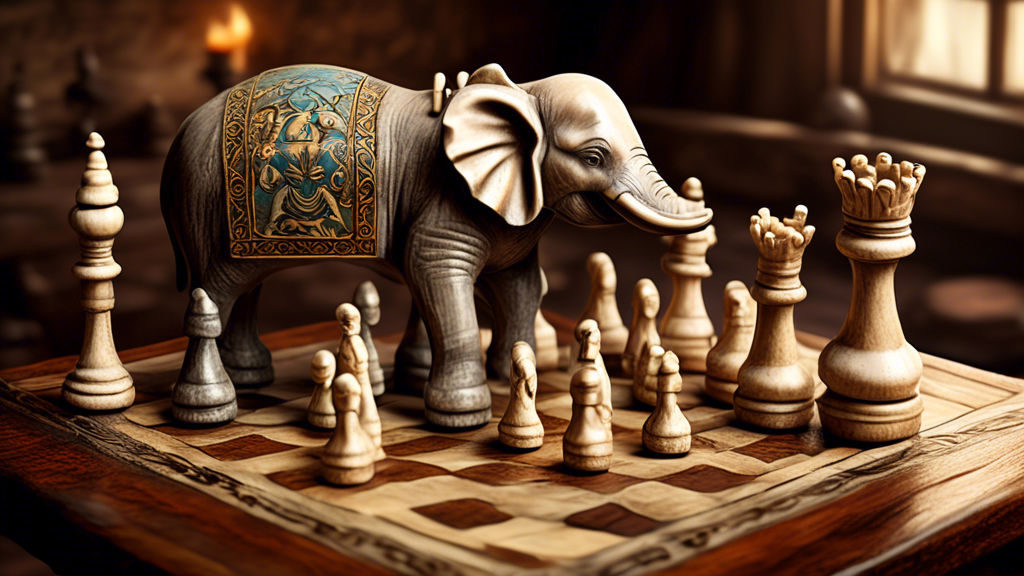
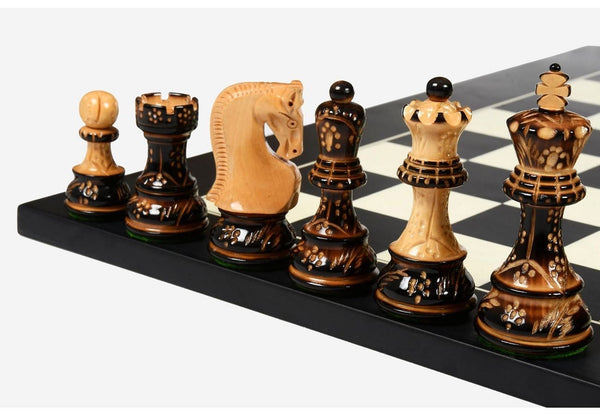
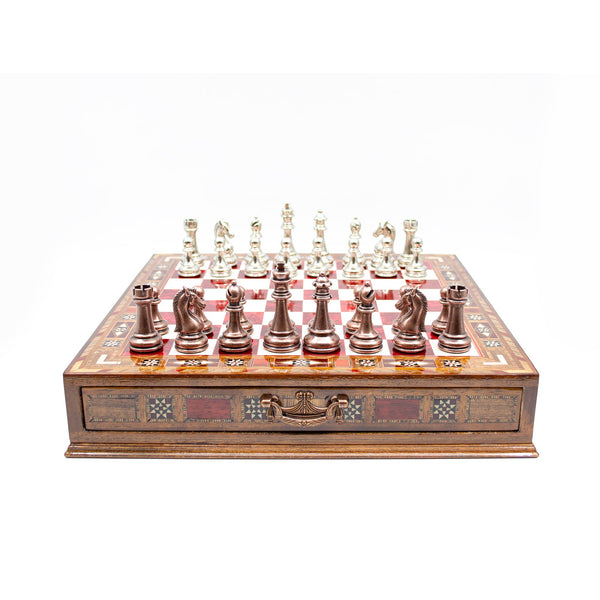
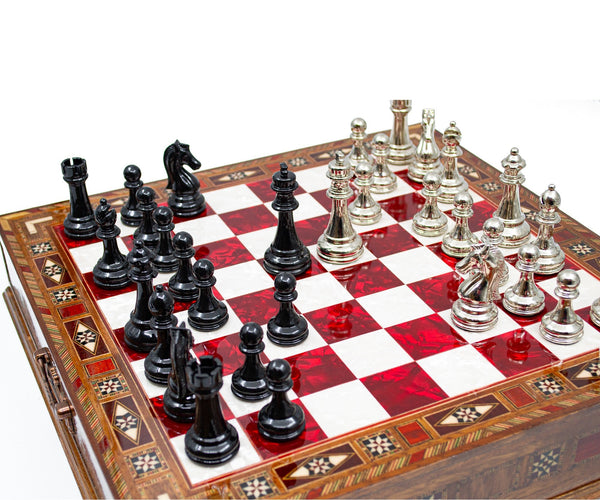
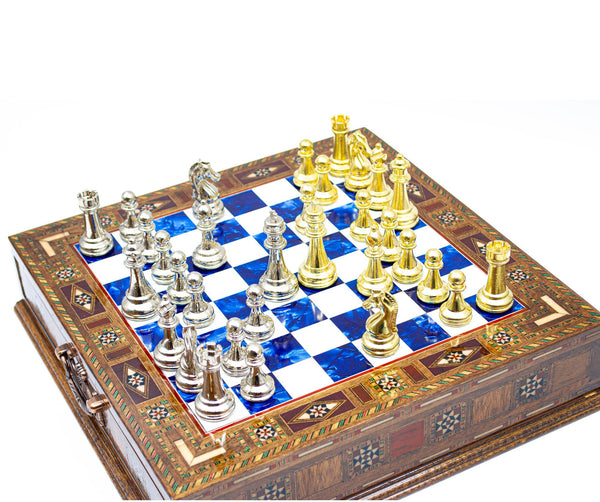
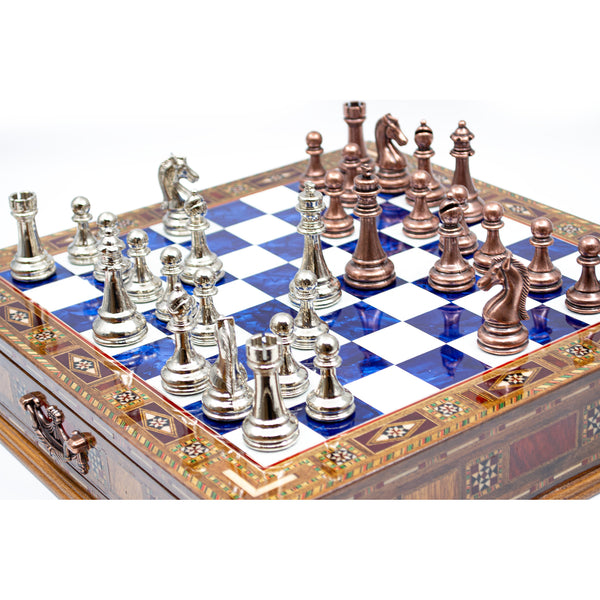
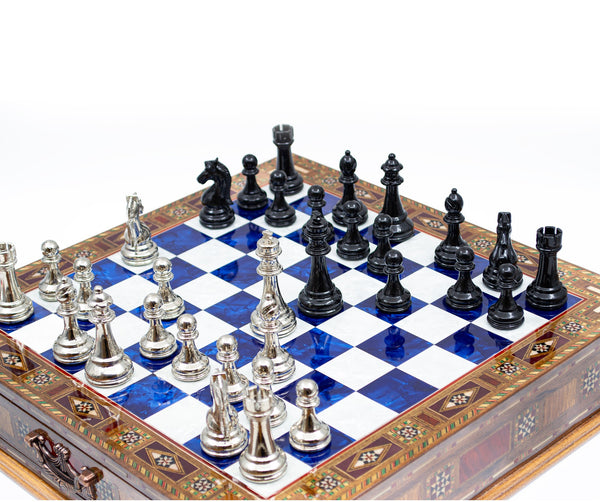



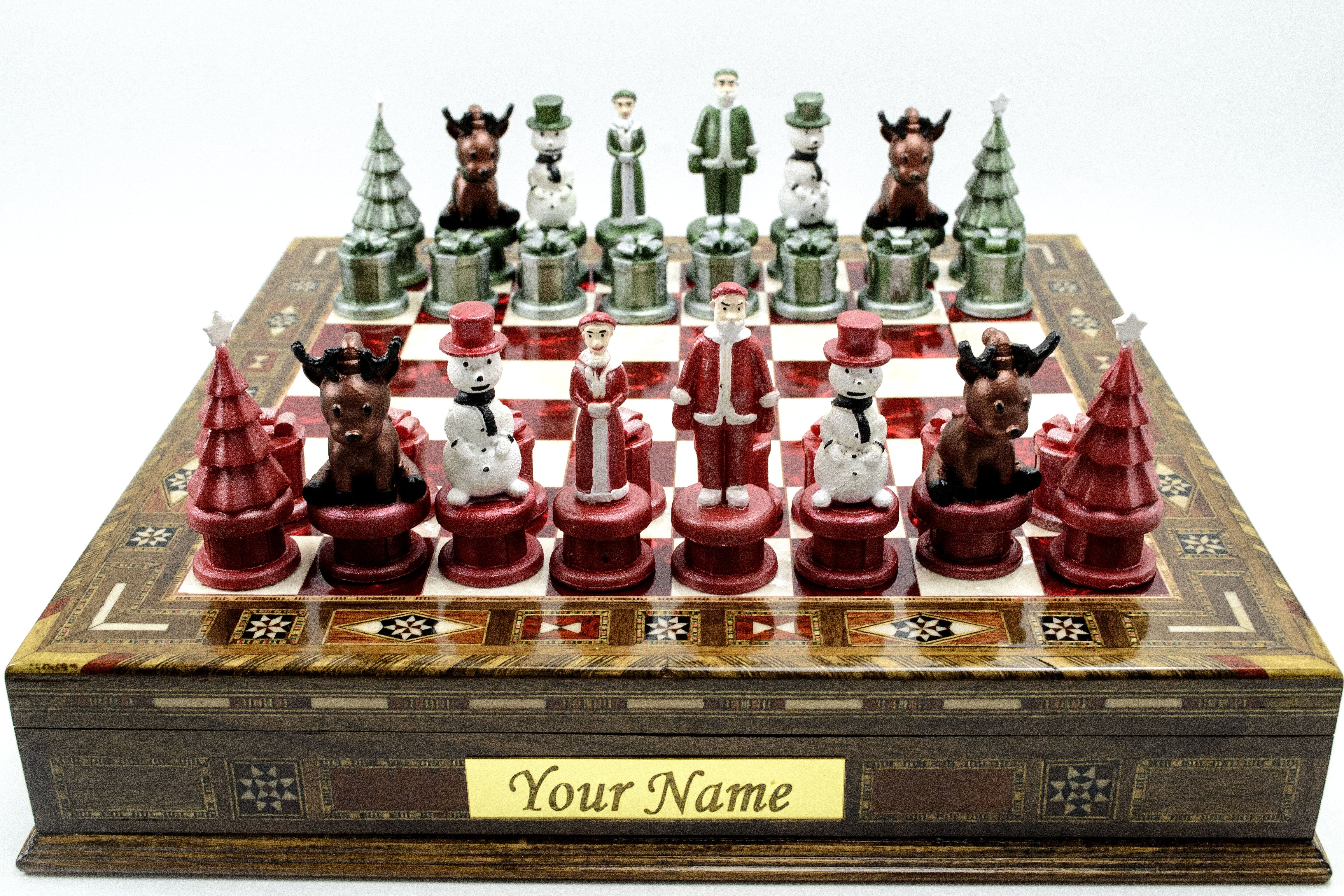




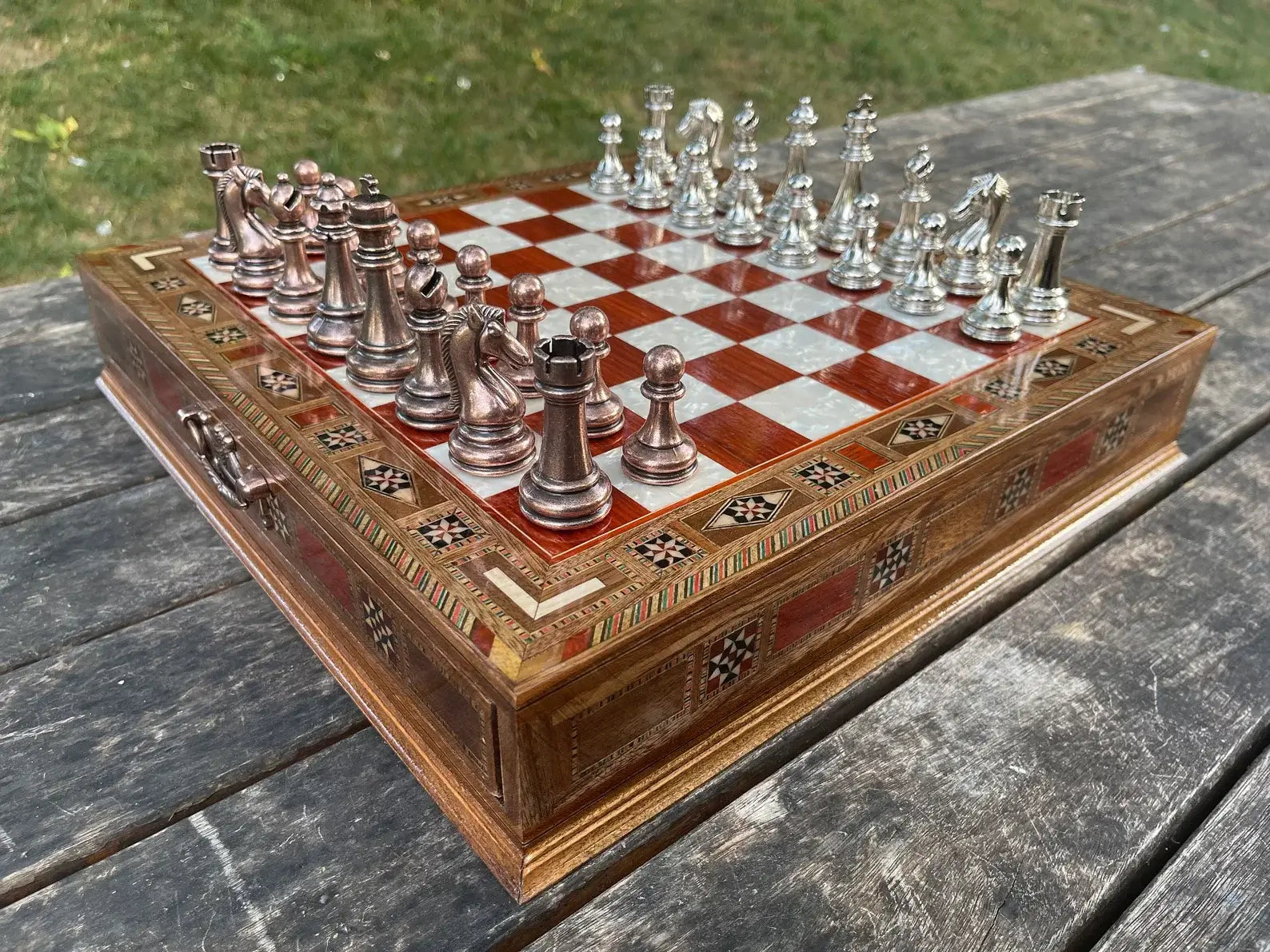

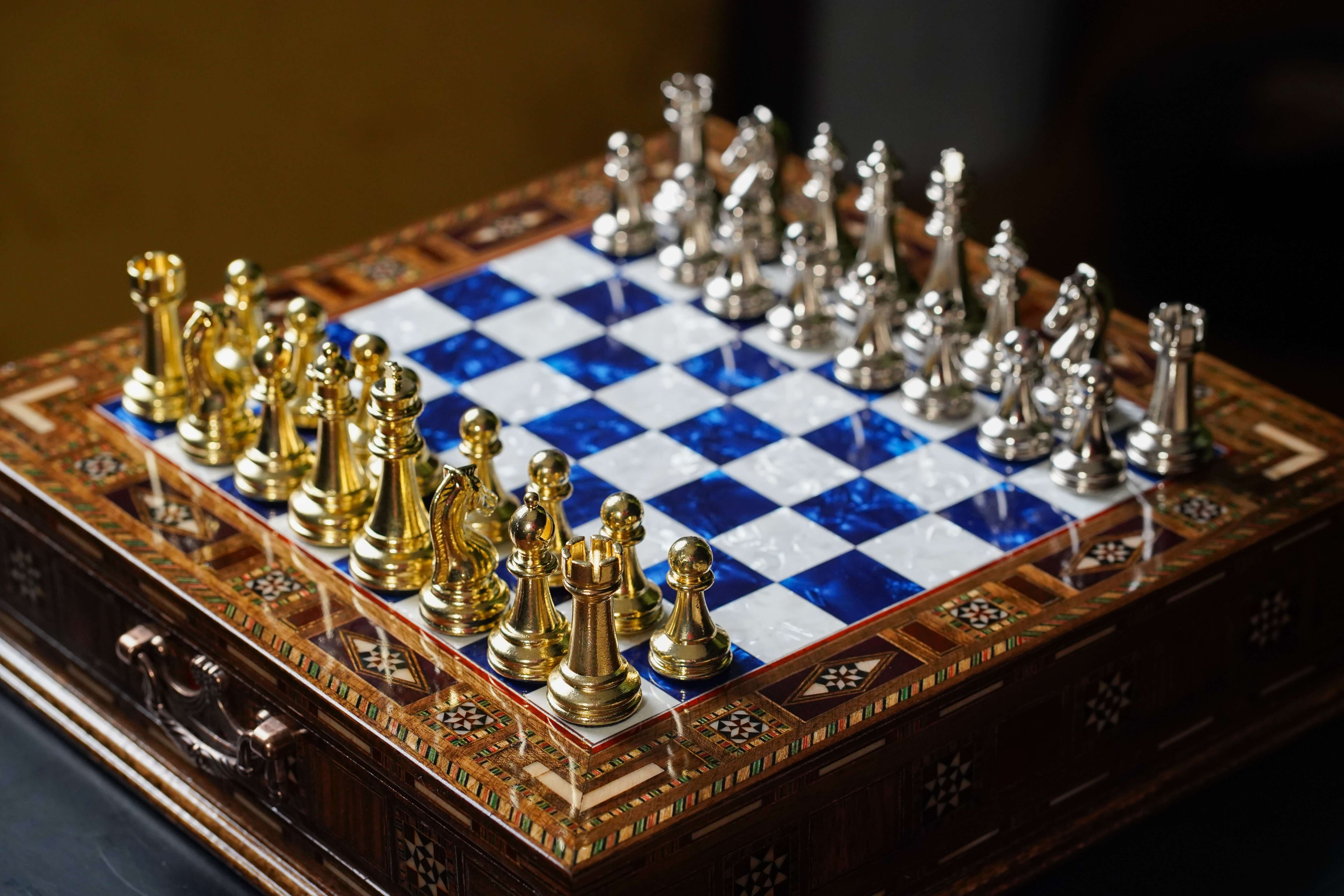
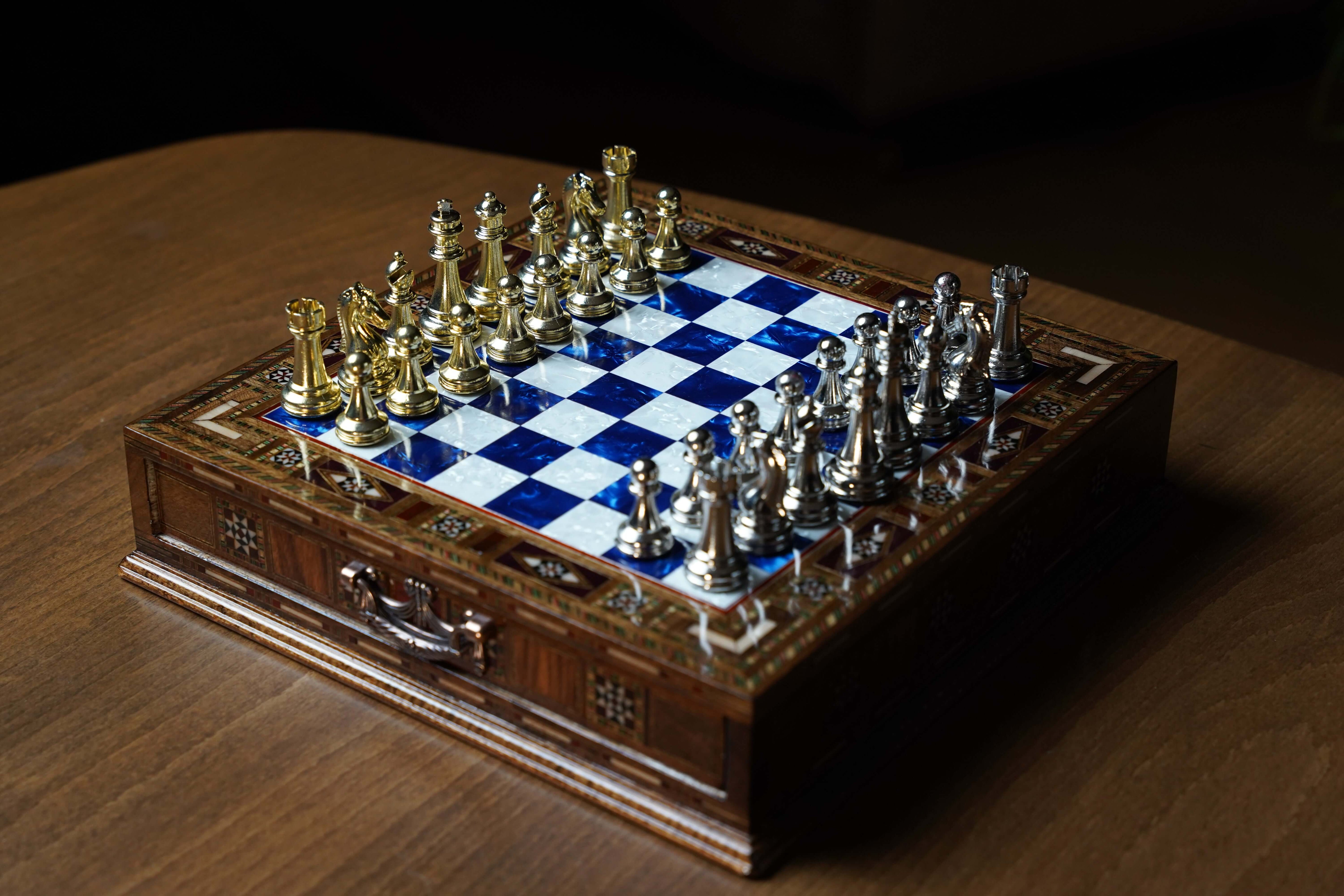
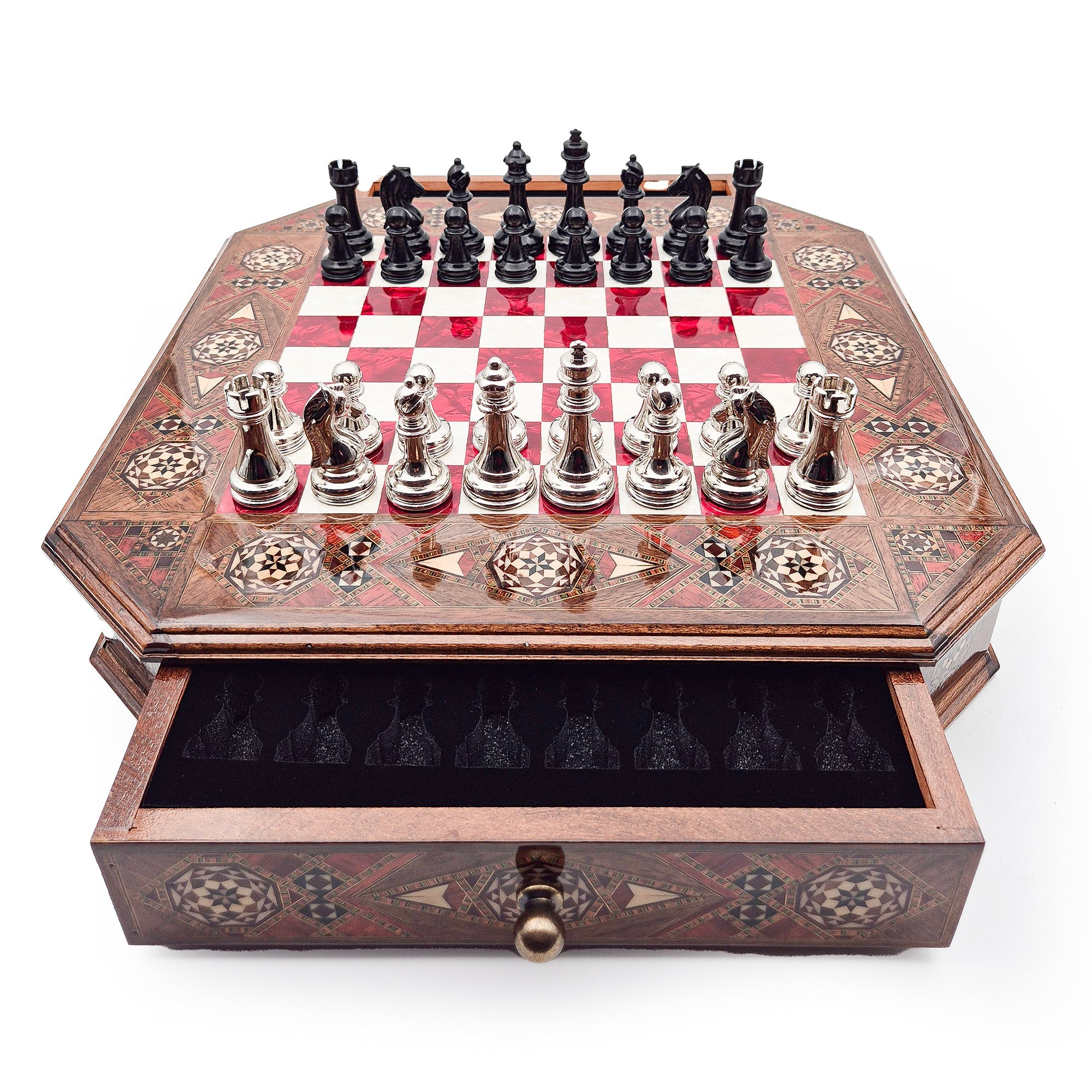
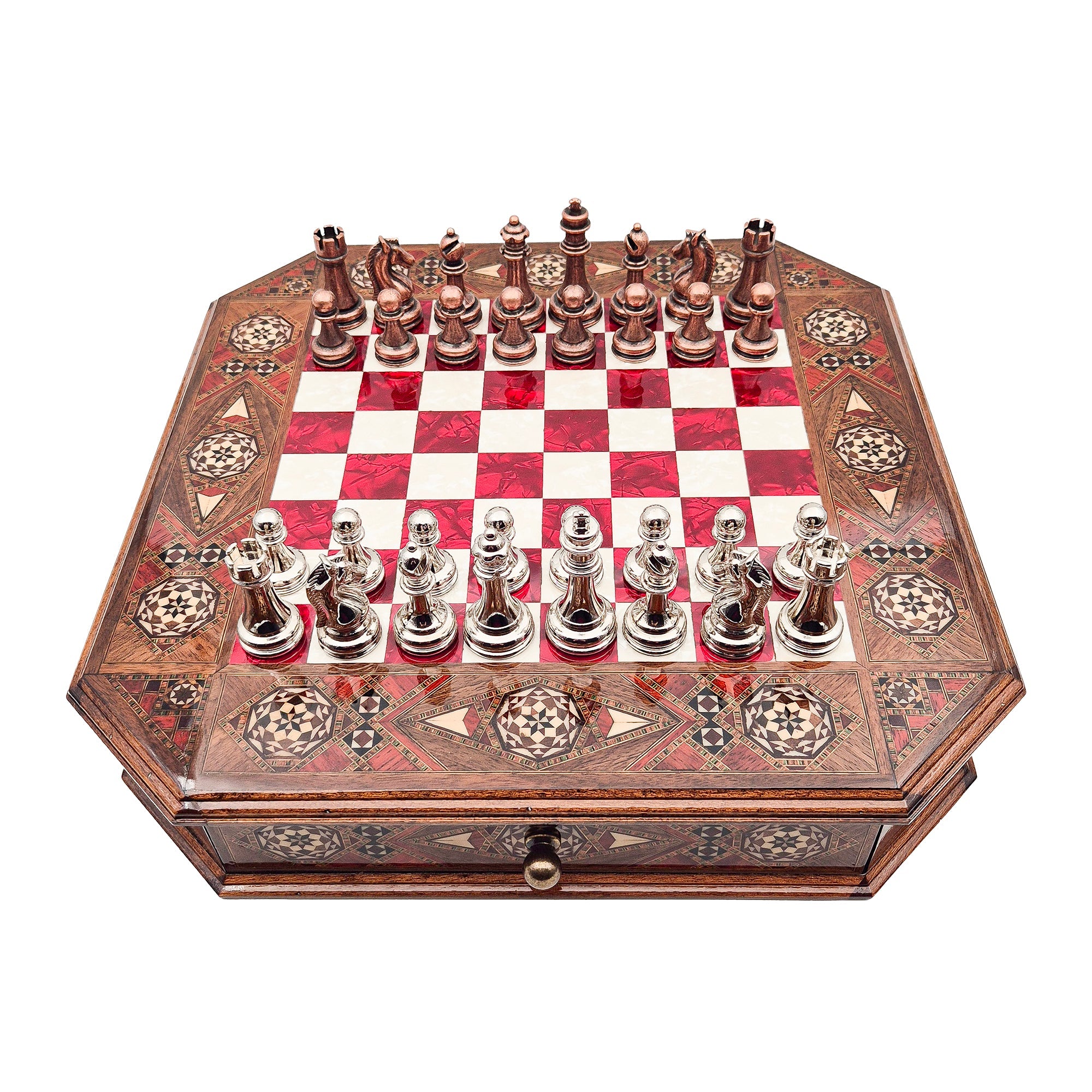


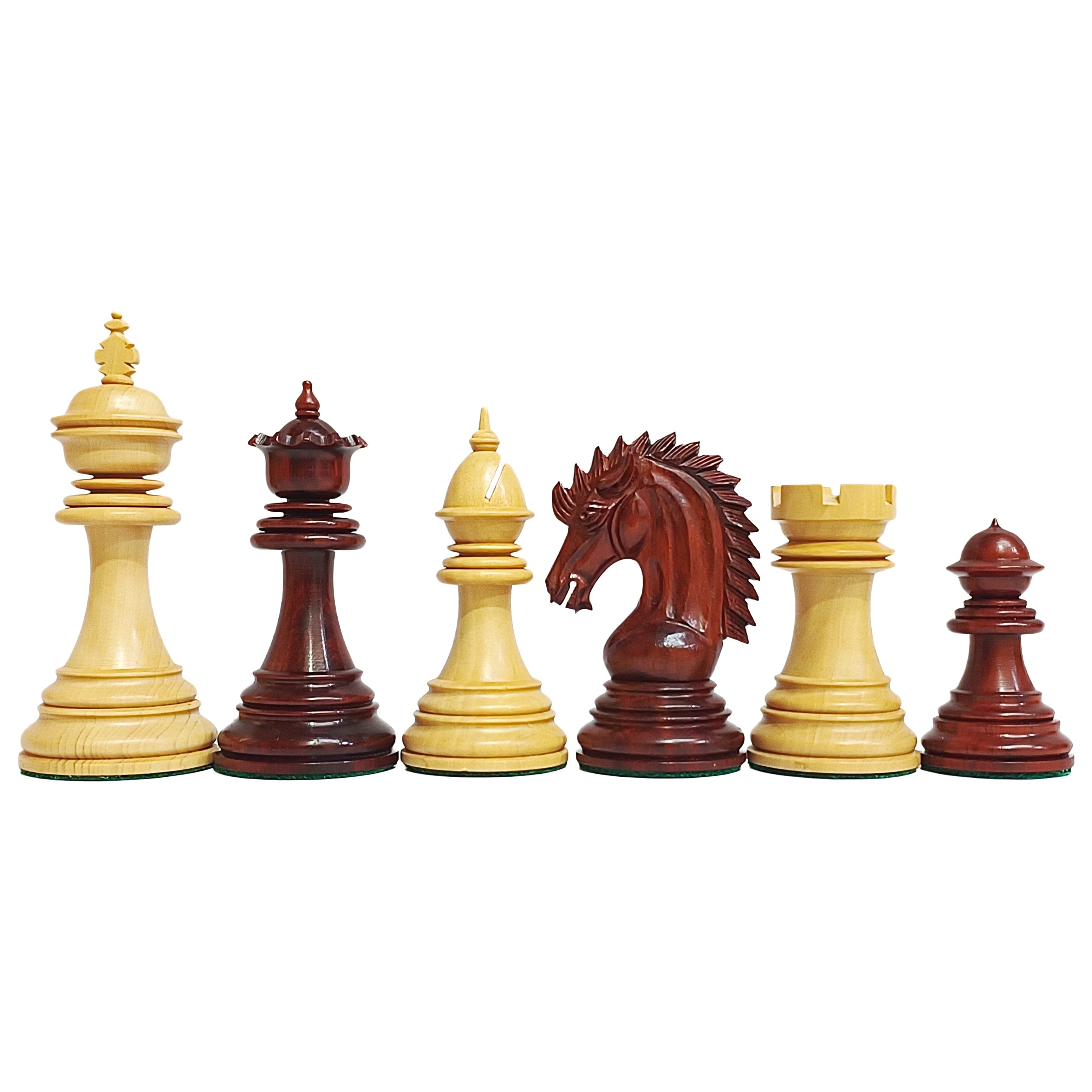
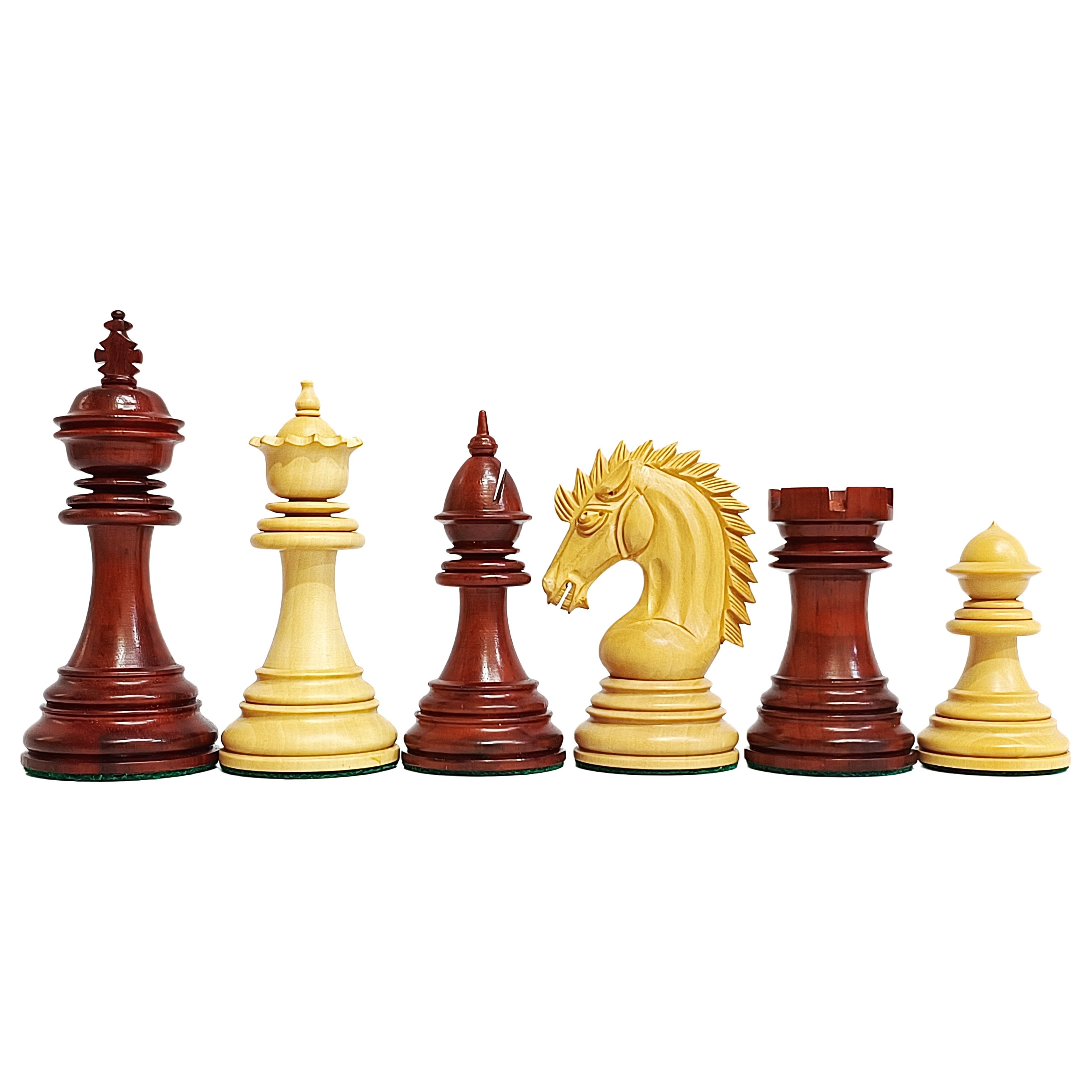


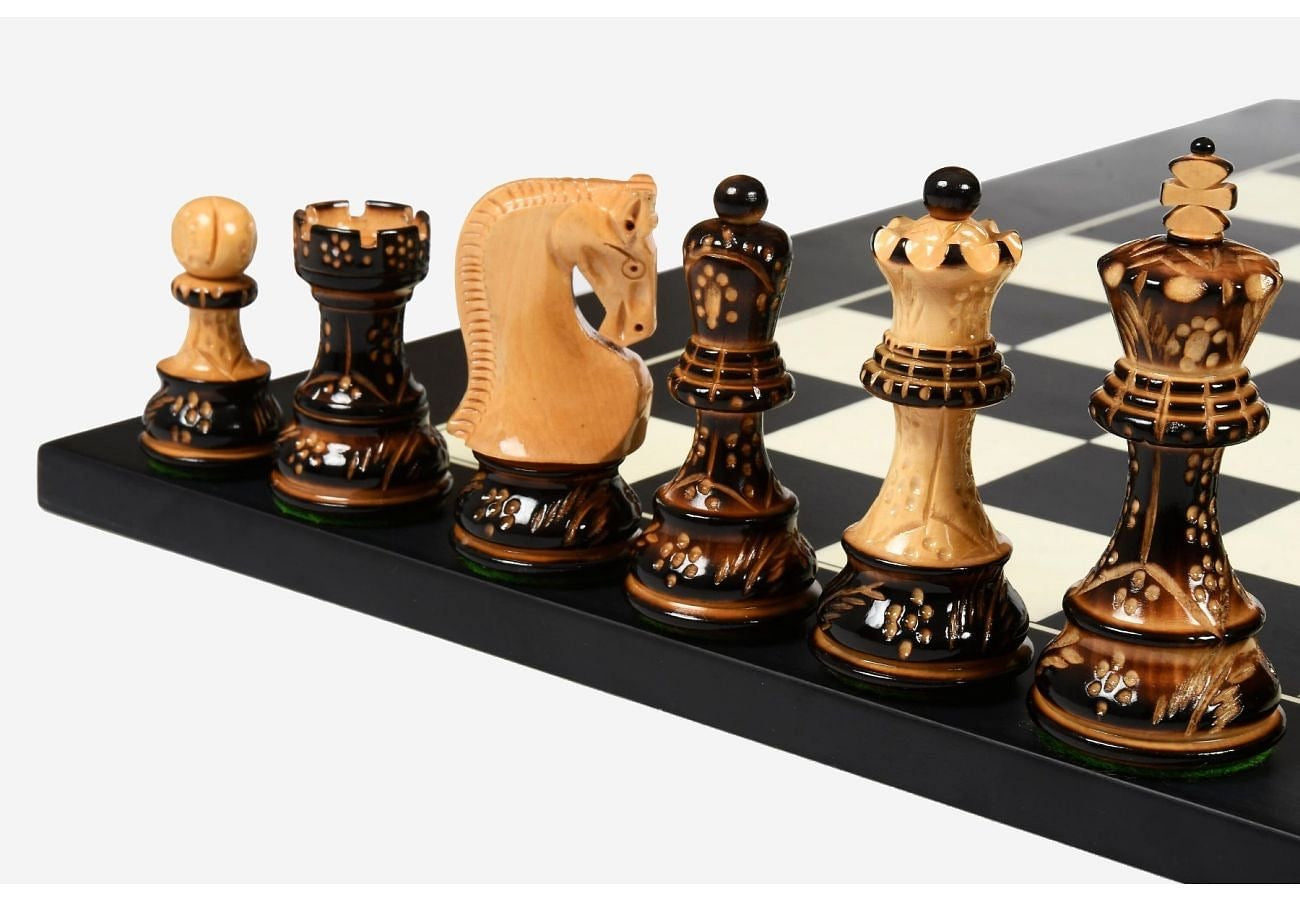
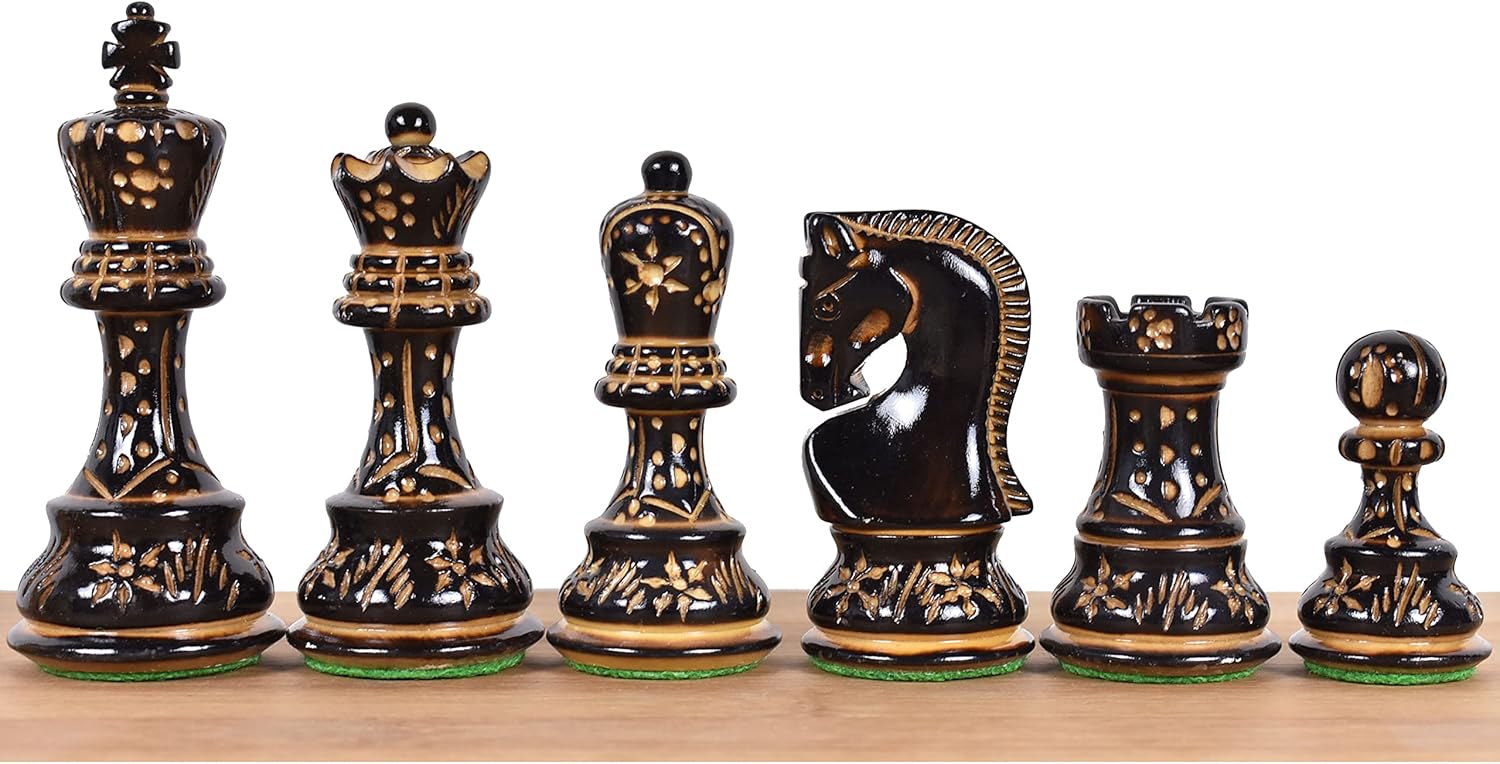
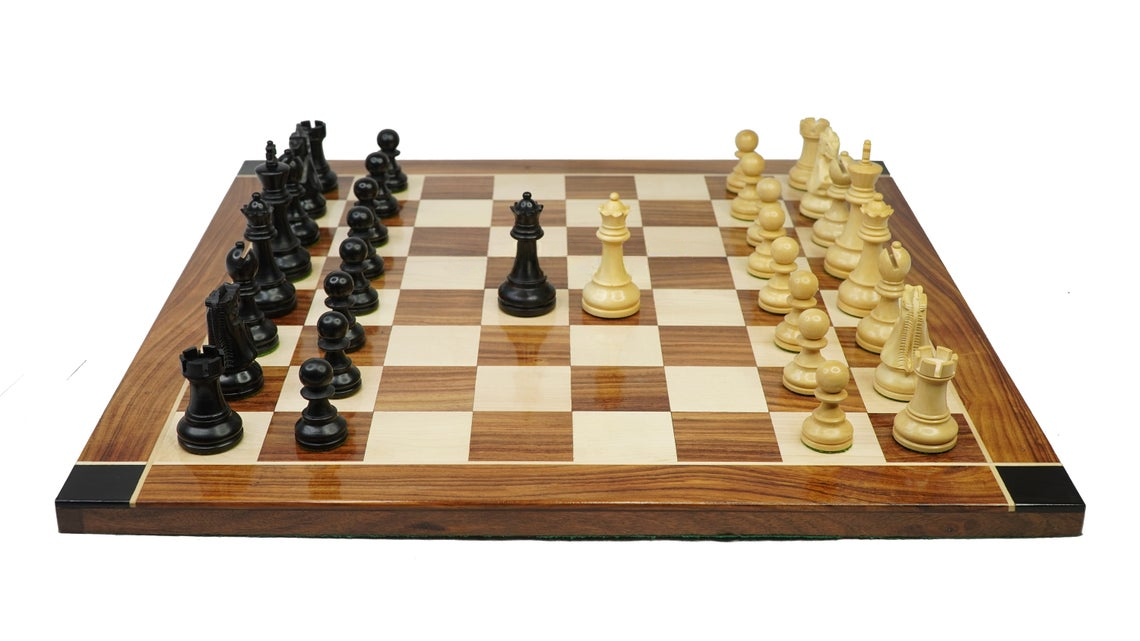

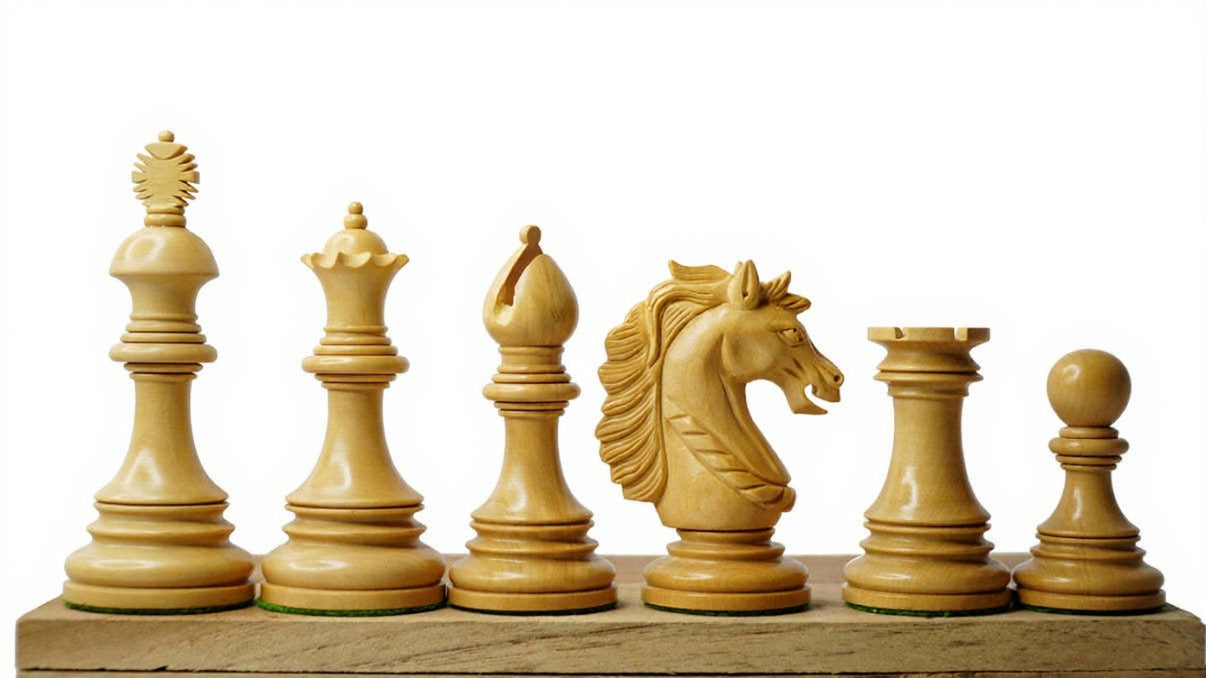
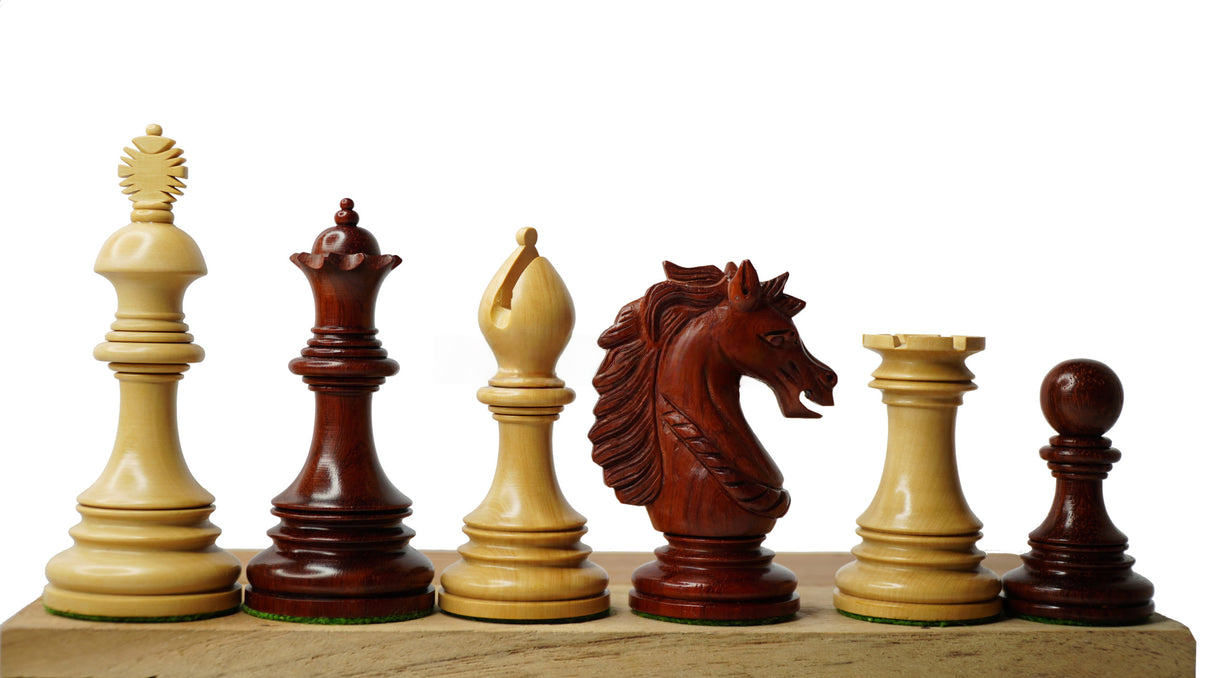
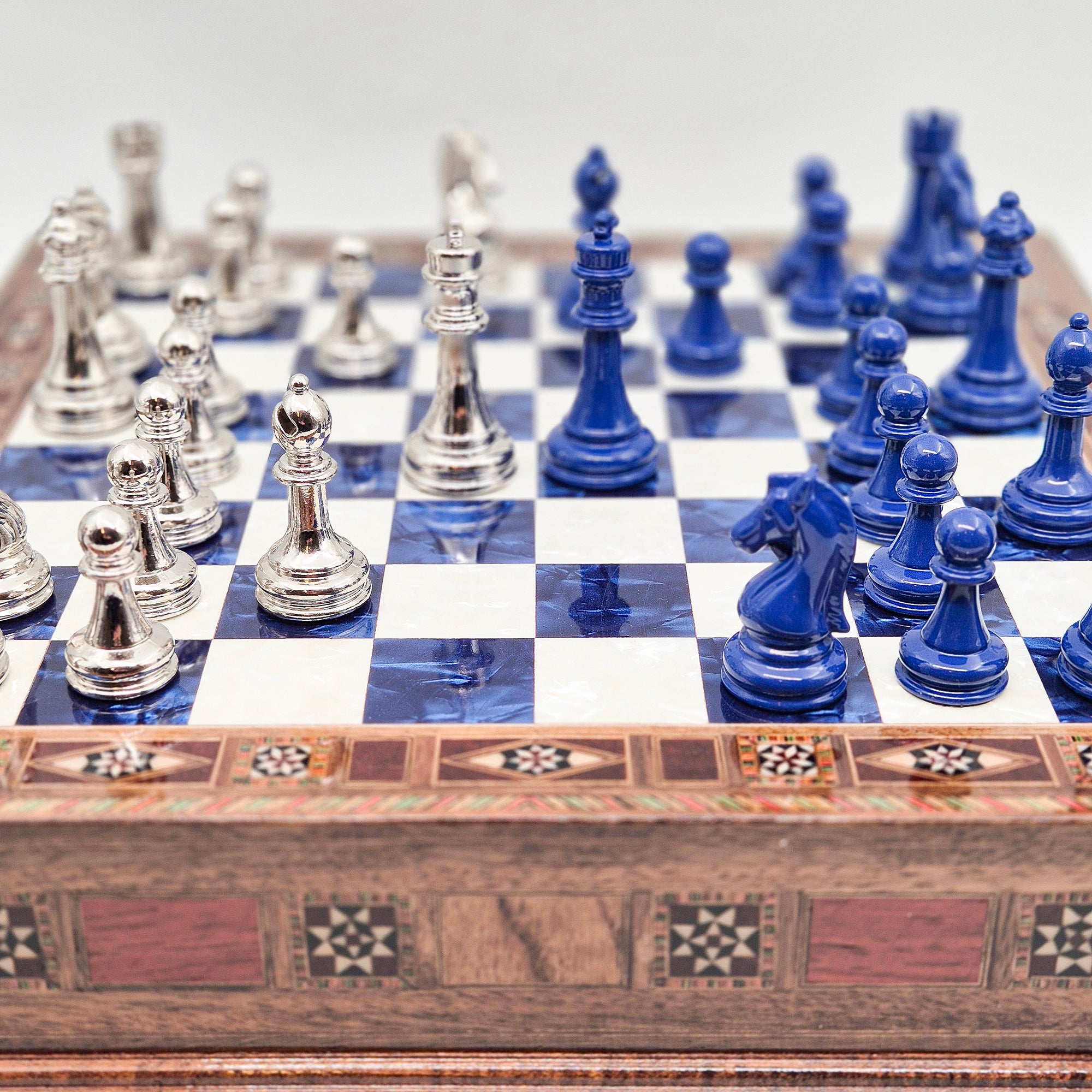


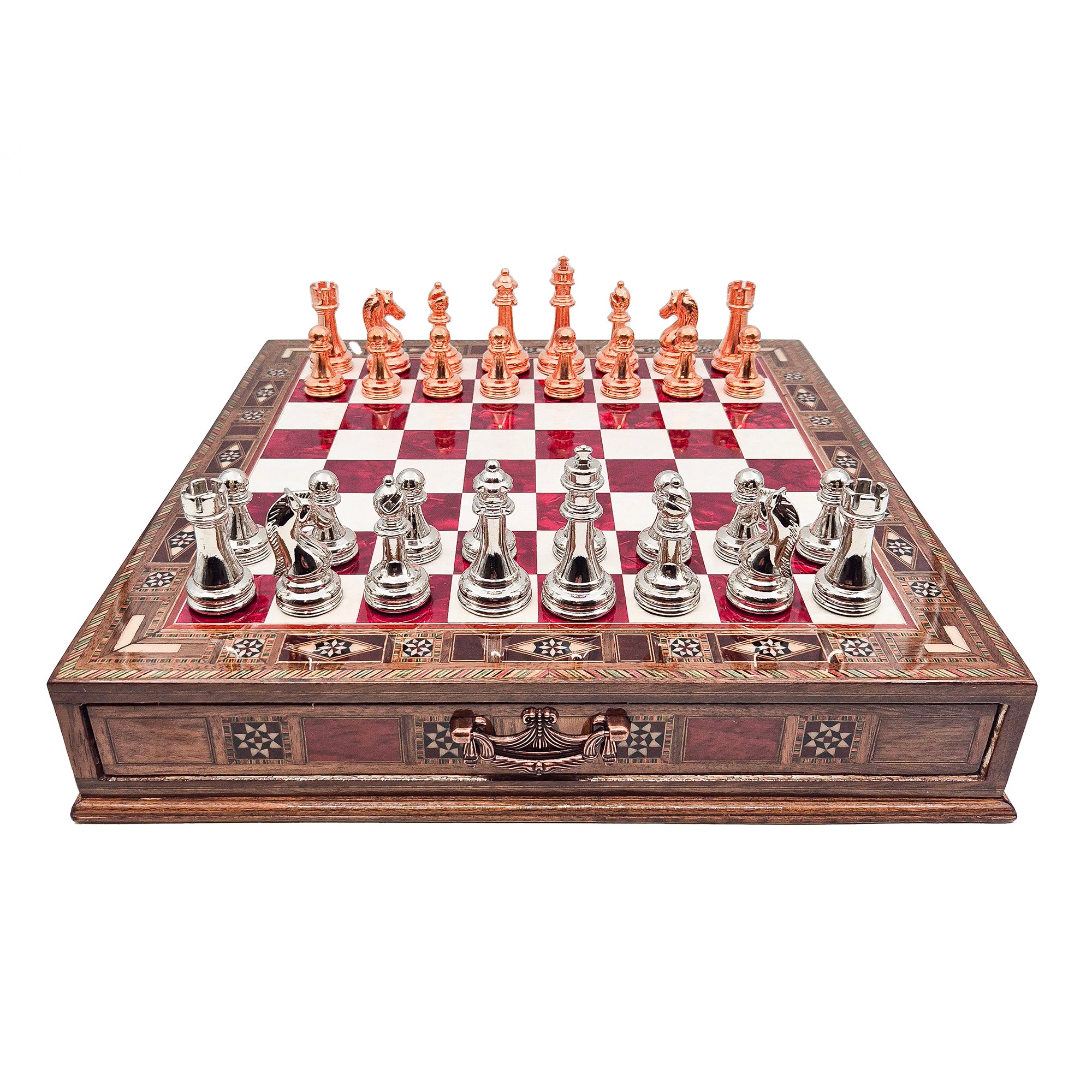
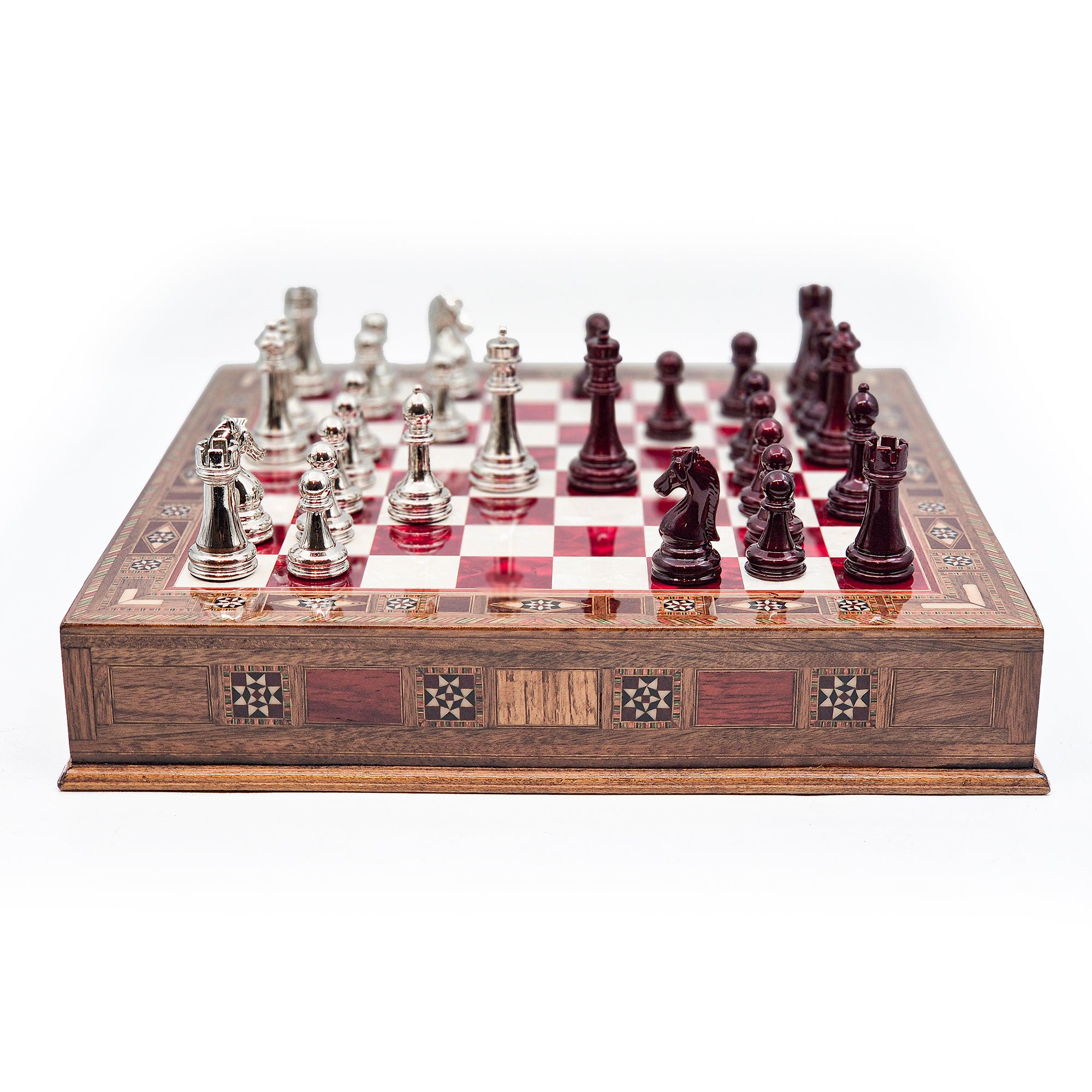
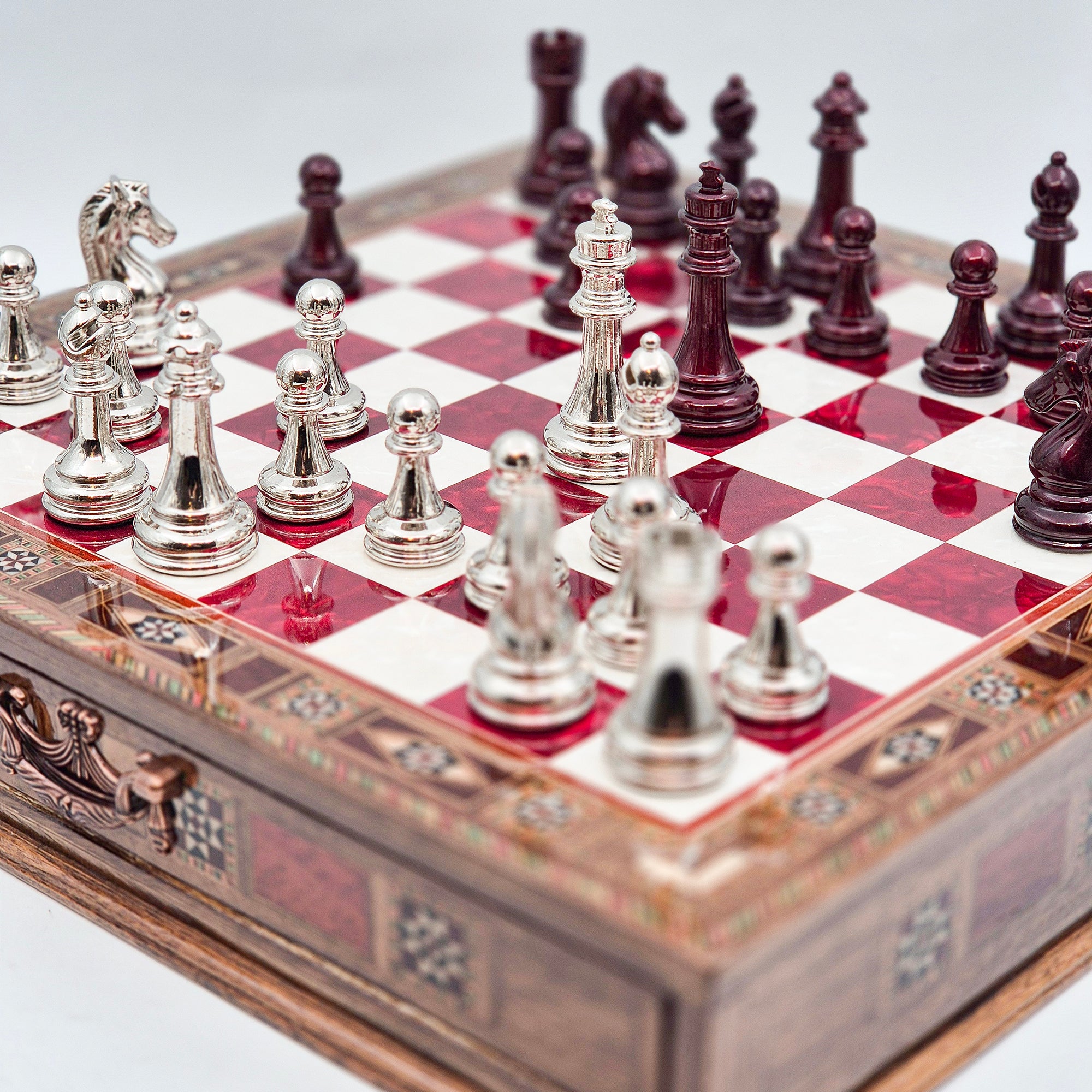
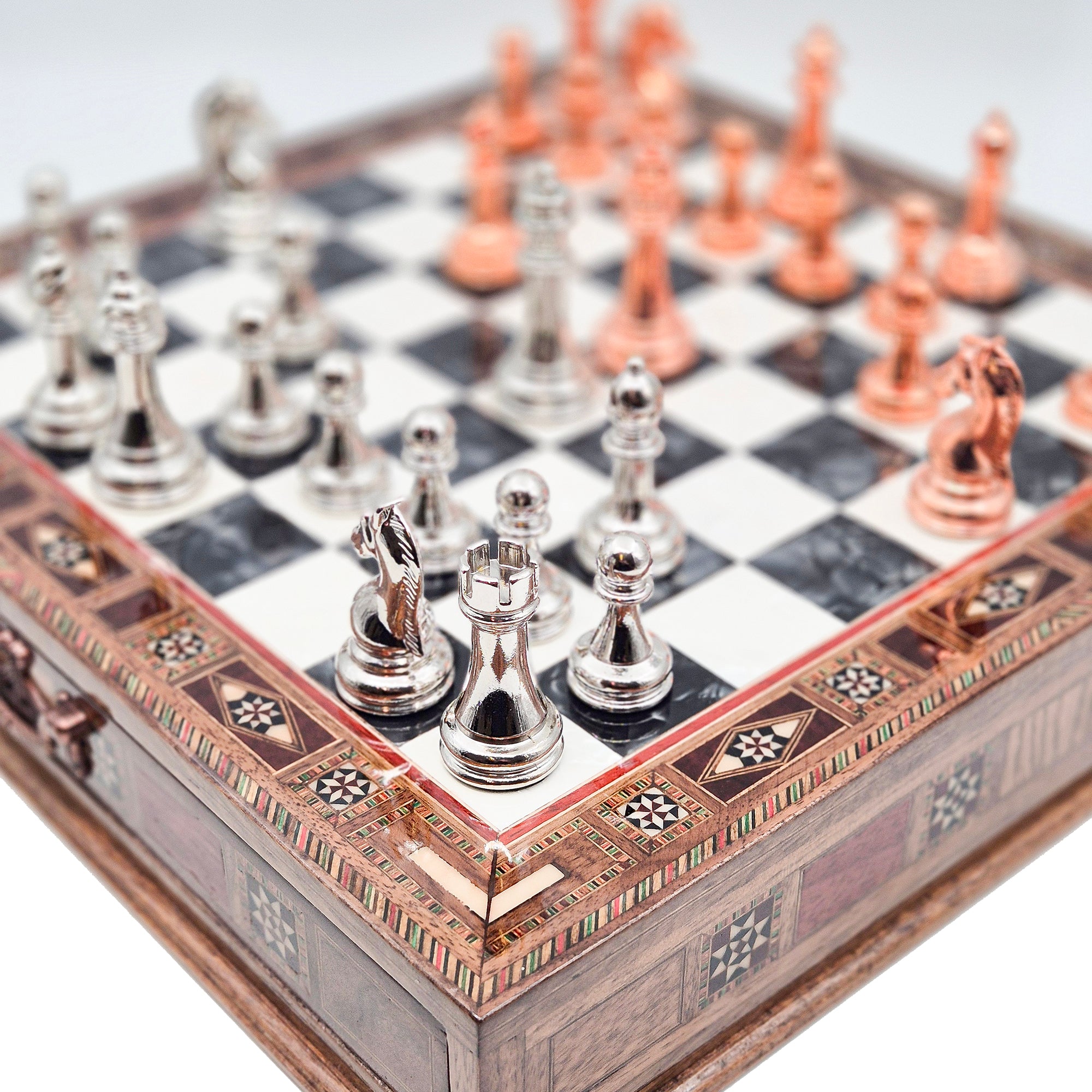
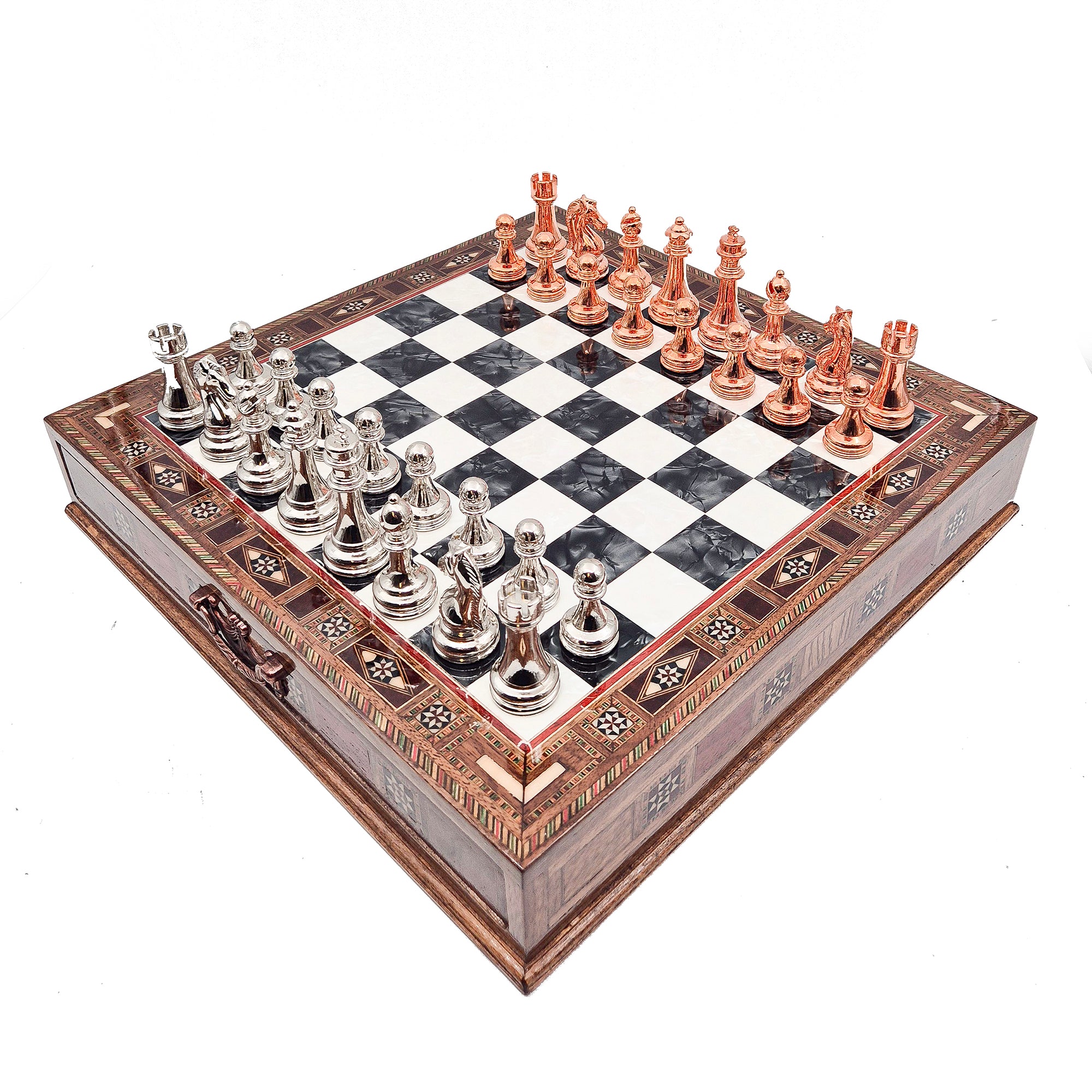


Leave a comment
All comments are moderated before being published.
This site is protected by hCaptcha and the hCaptcha Privacy Policy and Terms of Service apply.